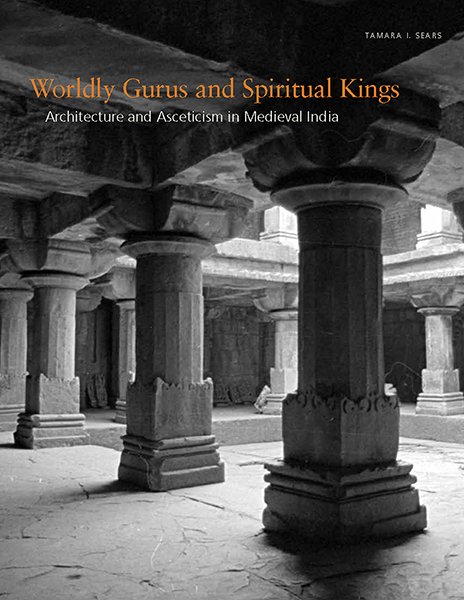
Afhentning i butik
Hurtig levering 1-3 hverdage
Fast lav fragt 49 DKK

Winner of the 2014 American Publishers Awards for Professional and
Scholarly Excellence (PROSE) in the Architecture and Urban Planning
category.
This pioneering book is the first full-length study of the matha, or
Hindu monastery, which developed in India at the turn of the first
millennium. Rendered monumentally in stone, the matha represented more
than just an architectural innovation: it signaled the
institutionalization of asceticism into a formalized monastic practice,
as well as the emergence of the guru as an influential public figure.
With entirely new primary research, Tamara I. Sears examines the
architectural and archaeological histories of six little-known
monasteries in Central India and reveals the relationships between
political power, religion, and the production of sacred space. This
important work of scholarship features scrupulous original measured
drawings, providing a vast amount of new material and a much-needed
contribution to the fields of Asian art, religious studies, and cultural
history. In introducing new categories of architecture, this book
illuminates the potential of buildings to reconfigure not only social
and ritual relationships but also the fundamental ontology of the world.
Tamara I. Sears is assistant professor of South Asian art and architectural history at Yale University.
Relaterede produkter
9788774076773
David A. Garcia
This publication emerges from ‘Architecture and Extreme Environments’, a master’s programme at the Royal Danish Academy that aims to generate a positive impact on the issues our world faces today. Through a site-specific approach, the programme responds to present and future global challenges through research by design, fine-tuned and site-specific strategies, and active fieldwork in remote locations around the world. The book compiles fieldwork investigations, personal and student work, reflective, methodical and personal essays and finally a summary of the MAP Publication issues to date. A selection of these MAP publications will also be reissued and independently available alongside the book.
400,00 DKK